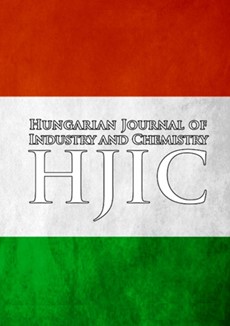Comparative Analysis of Machine Model-Based Sensorless DTC of Two Parallel Connected Five-Phase Induction Machines
DOI:
https://doi.org/10.33927/hjic-2025-04Keywords:
sensorless direct torque control (DTC), sliding mode observer (SMO), model reference adaptive system (MRAS), high-gain observer (HGO), two parallel-connected FPIMsAbstract
In high-performance vector control methods, especially for critical applications, accurate and precise information about the state variables of a machine (speed, flux and torque) is necessary. Nevertheless, environmental conditions such as temperature, vibrations and EMI affect the performance of sensors. Sensorless control is a potential solution to address the aforementioned drawbacks as well as further enhance the reliability and performance of the system, in addition to reducing the cost and the size of the drive. Therefore, this work provides a comparative study of three different sensorless approaches of measuring the stator flux and speed estimation for the direct torque control (DTC) of two five-phase induction machines (FPIM) connected in parallel to a single two-level inverter based on a model reference adaptive system (MRAS), sliding mode observer (SMO) and high-gain observer (HGO). The independent control of such a drive is possible due to the additional degrees of freedom (DOF) provided by the five-phase system and the suitable rearrangement of phases. The open-loop estimator used in conventional DTC for estimating flux leads to drift and initial value problems as a result of using the pure integration method. Finally, an analytical study of the robustness, stability and effectiveness of the discussed sensorless control schemes is verified in terms of reference command tracking, low-speed operation and disturbance rejection.




